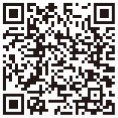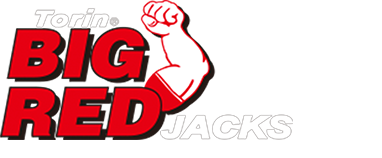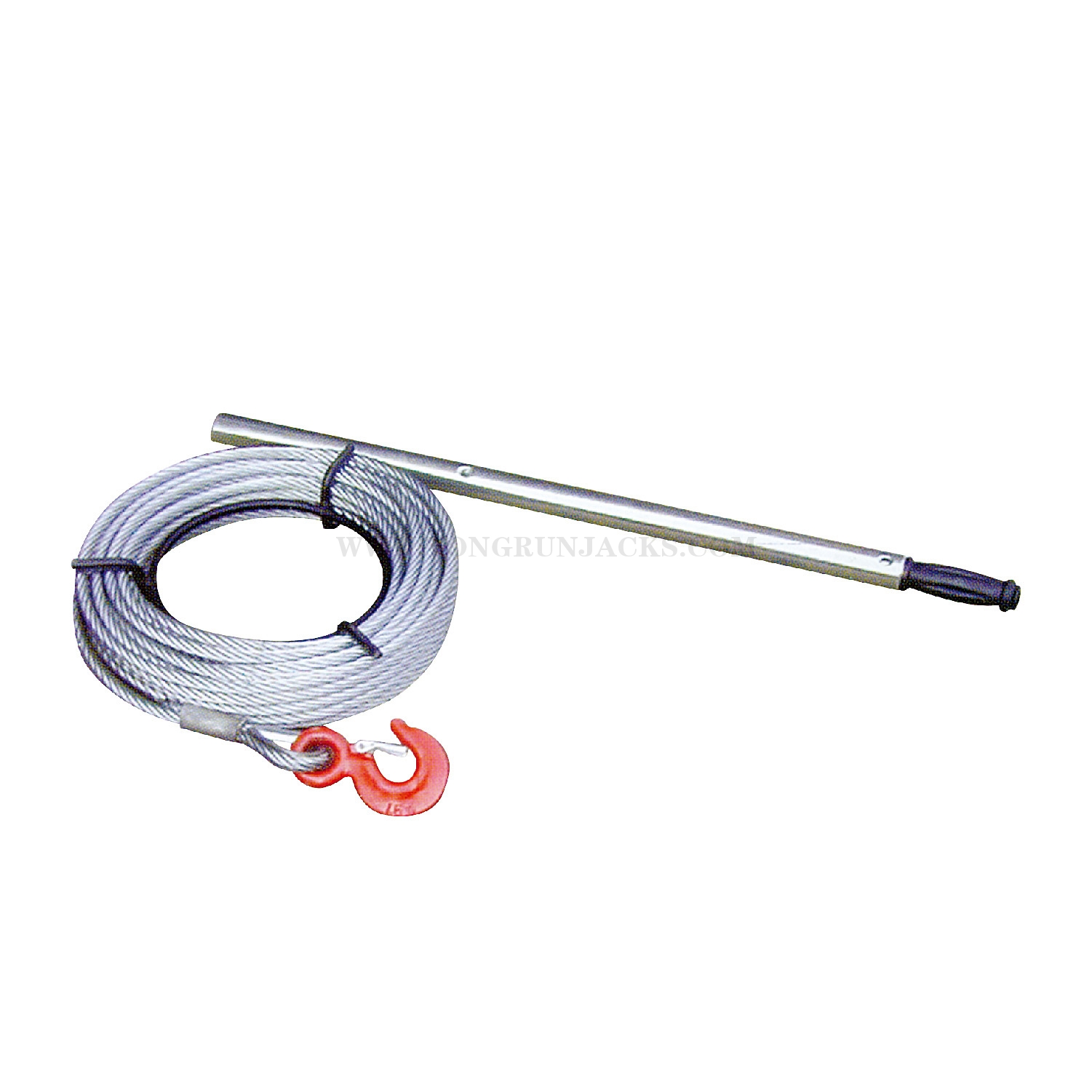Wire Rope Pulling Hoist
Capacity:
• Manual Lever Winch
• Wire Rope Winch
• Hight Quality Aluminum Body
Product Information
Wire Rope Hoist(wire rope pulling hoist,wire rope winch,hand winch,grip puller,jaw winch) is a kind of small type hand-operated hoister, it is compact in structure, small in size, light in weight, has a longer operating life, less power expenditure and considerably less rope wear.
It is operated in accordance with lever principle by the means of pulling the forward handle or the backward handle manually to make it move to finish three performances such as lifting, pulling and tensioning with less manual force to obtain the load of more tonnage.
It is widely used in construction sites, laying of large pipes, installation and adjustments of machines, loading and unloading heavy and bulky goods, tensioning cables, heaping of forest products, obstacles removing etc.
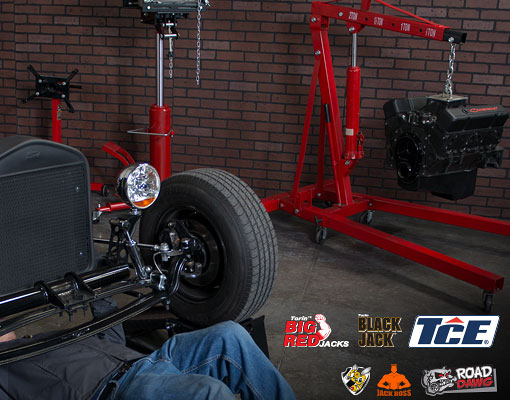
Product Parameters
|
Model |
TRT3200 |
N.W./G.W. |
23/50.8 kgs |
|
Package size |
1060x770x610 mm |
QTY/CTN |
5 PCS |
|
QTY/20'CY |
252PCS |
Features
• Manual Lever Winch
• Wire Rope Winch
• Hight Quality Aluminum Body
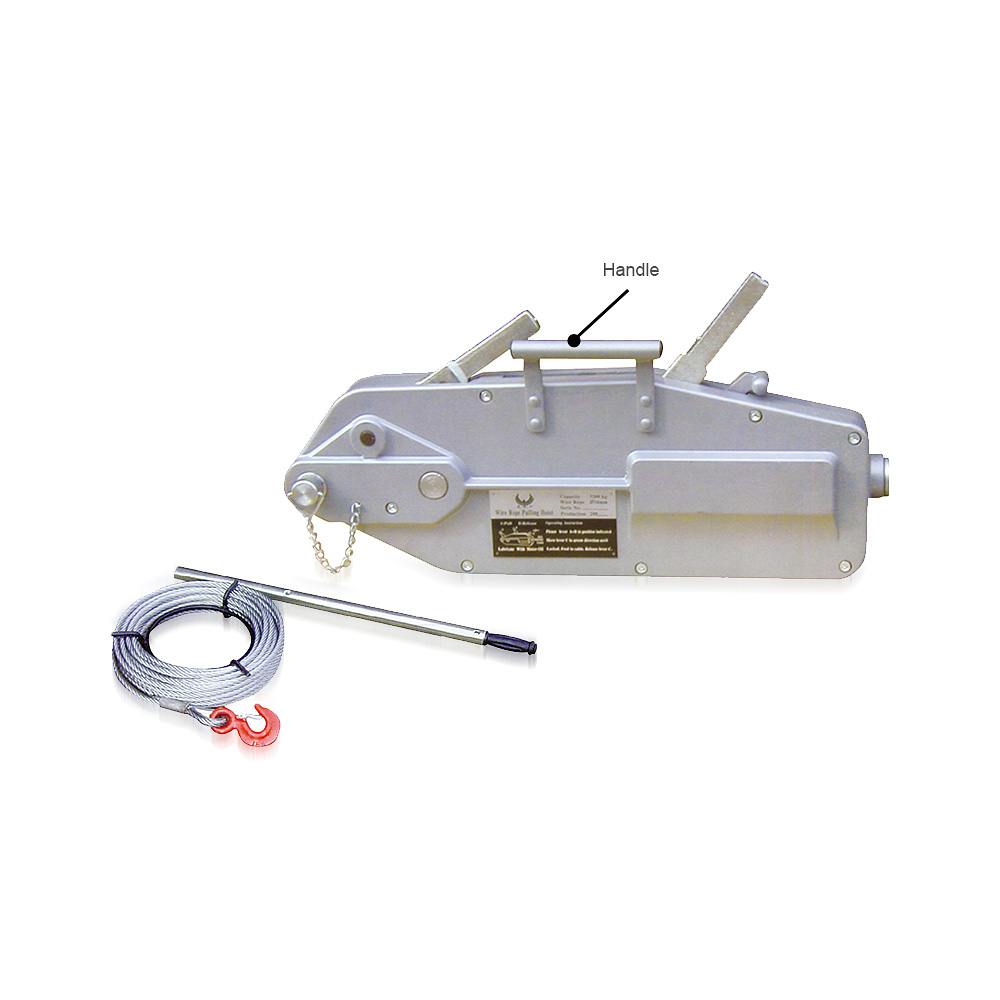
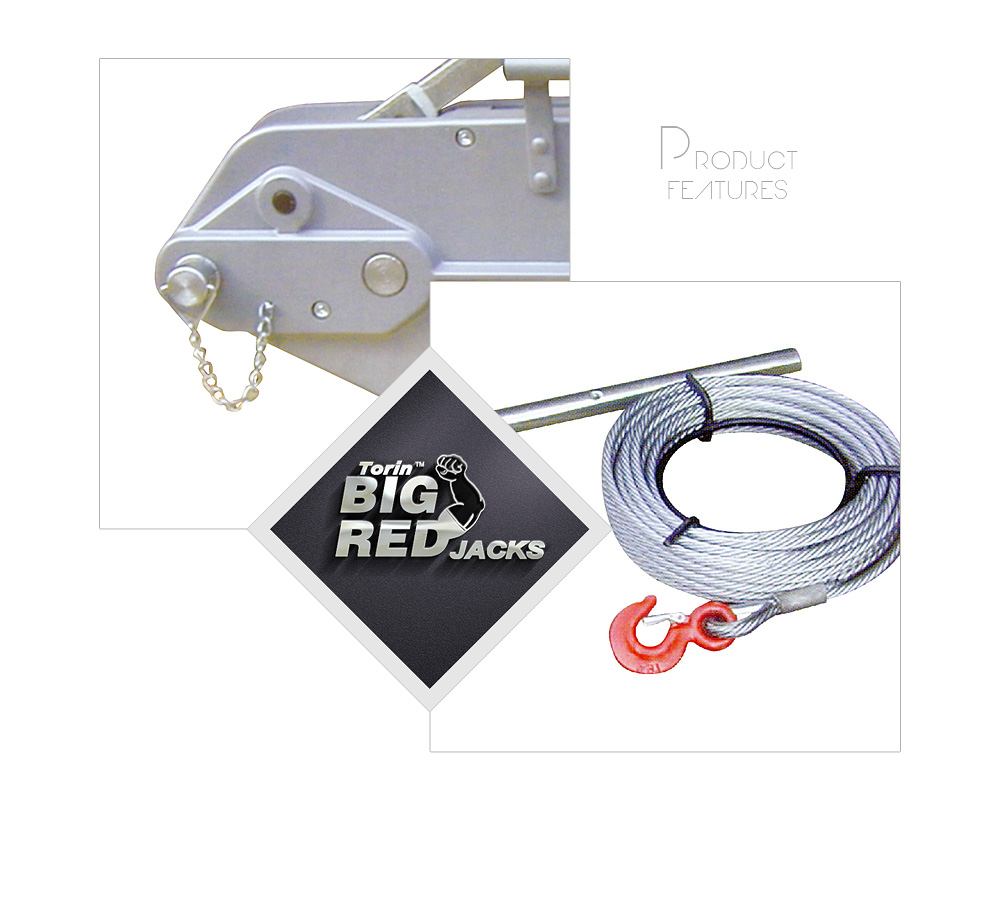

Maintain your equipment. It is recommended that the general condition of any equipment be examined before it is used. Keep your equipment in good repair by adopting a program of conscientious repair and maintenance. Have necessary repairs made by qualified service personnel.
Cleaning
If the moving parts of the equipment are obstructed, use cleaning solvent or another good degreaser to clean the equipment. Remove any existing rust, with a penetrating lubricant.
Do not use motor oil or grease to lubricate the equipment
Rust Prevention:
-Check daily for any signs of rust or corrosion.
Without a load lift the equipment as high as it goes and look under and behind the lifting points. If signs of rust are visible clean as needed.
Storing the Equipment
1. Store in a dry location, recommended indoors.
2. Equipment should be stored in an area where they will not be subjected to damage.
3. If extreme temperatures or chemically active or abrasive environments are involved, the guidance provided in shall be followed.
4. Temperature - When equipment is used at temperatures above 140"F (60"C) or below -20"F (-29"C), the equipment manufacturer or a qualified person should be consulted.
5. Chemically Active Environments -The strength and operation of eqipment can be affected by chemically active environments such as caustic or acid substances or fumes. The equipment manufacturer or a qualified person should be consulted before equipment are used in chemically active environments.
6. Other Environments - The internal workings of equipment can be affected by high moisture, gravel or sand, silt, grit, or other dust-laden air. Equipment subject to these environments should have their inner components frequently cleaned, inspected, and lubricated.
Note: If the equipment is stored outdoors, be sure to lubricate all parts before and after use to ensure the equipment stays in good working condition.
- TOP

